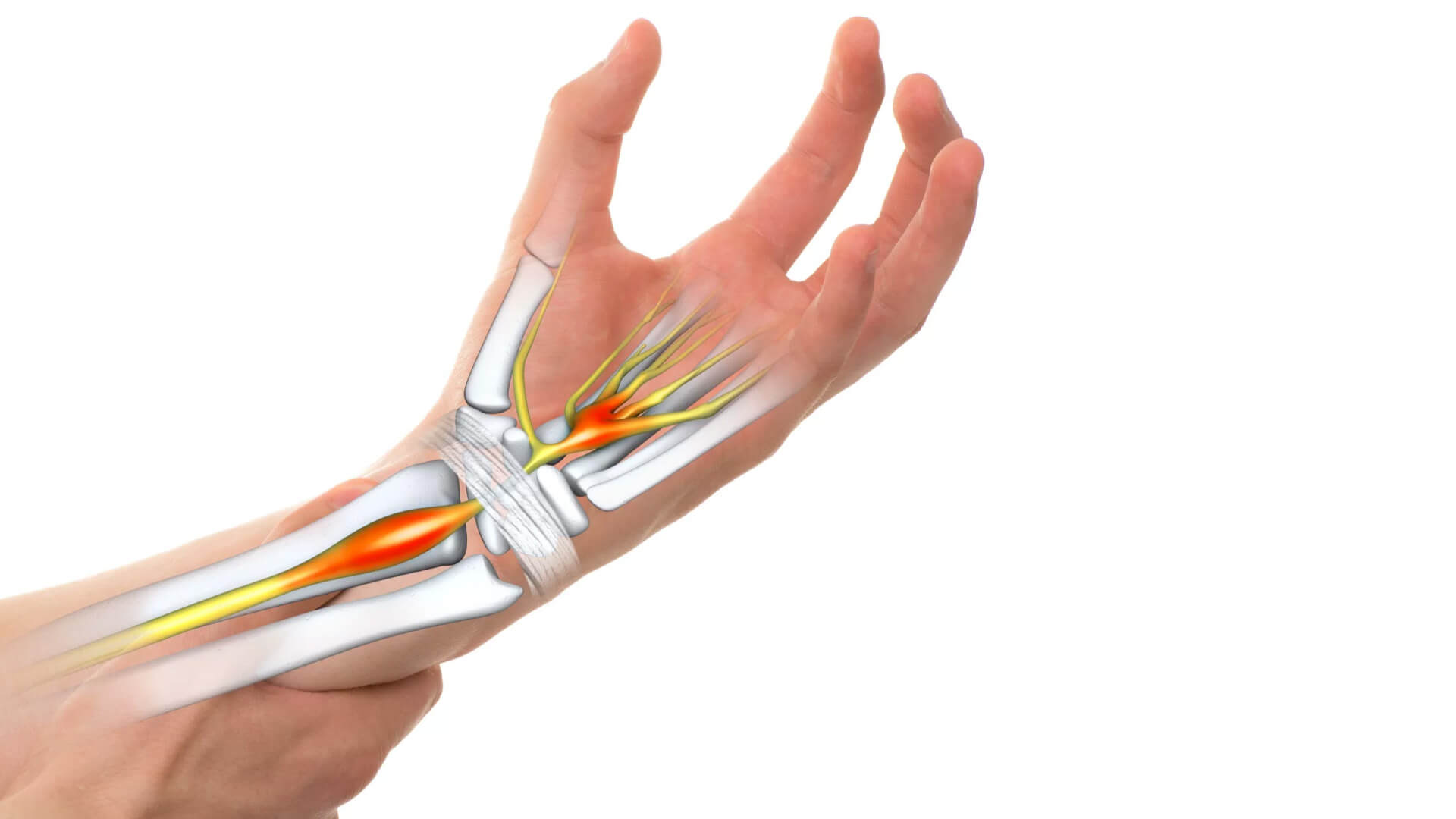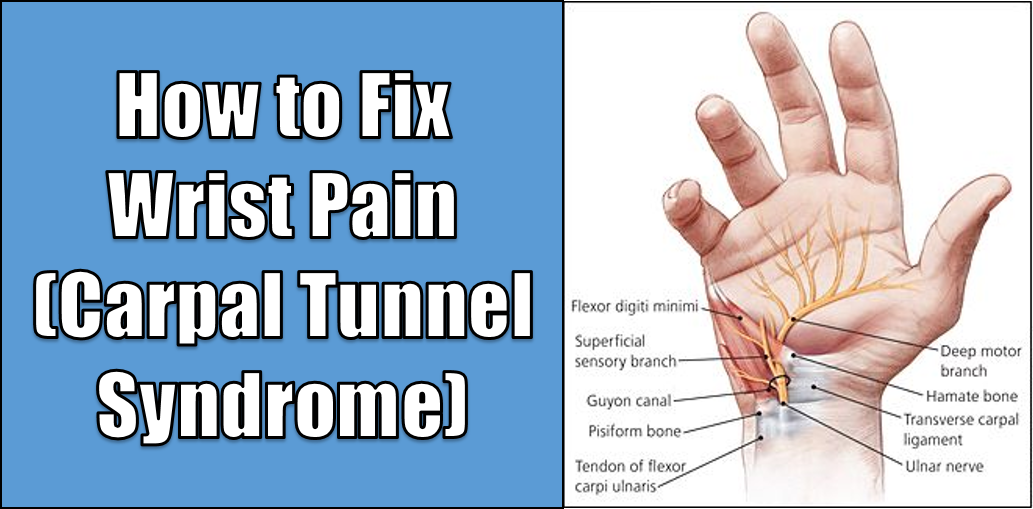

You can suffer permanent damage if the cause is not addressed. But they may increase until your hand hurts all the time. At first, the pain and stiffness may be slight. You cannot ‘work through’ carpal tunnel syndrome. Non-surgical treatment for carpal tunnel syndrome

Anyone who experiences a period of rapid weight gain.Women between the ages of 40 and 60 years.Some people are at higher risk of developing carpal tunnel syndrome, including: Overuse injury – the tendons in the carpal tunnel can become irritated and inflamed by awkward postures or repetitive hand movements.Congenital factors – some people have a smaller carpal tunnel than others.Wrist fractures – bone fragments can irritate the tenosynovium or reduce the amount of space in the carpal tunnel.Carpal tunnel syndrome triggered by pregnancy usually goes away soon after birth Pregnancy – the hormones associated with pregnancy cause general fluid retention, which can compress the nerve.Arthritis – various types of arthritis, especially rheumatoid arthritis, can cause inflammation and swelling.Sometimes there is a combination of factors such as: The little finger and half of the ring finger are unaffected.Radiated or referred pain into the arm and shoulder.The symptoms of carpal tunnel syndrome include: A person with advanced carpal tunnel syndrome may find they cannot properly use or move their thumb any more, and may find it difficult to grasp objects. The muscles of the thumb are also serviced by the median nerve. If left unchecked, the median nerve is squashed against the transverse carpal ligament until the nerve cannot function properly. Any thickening from inflamed tendons or other causes of swelling can reduce the amount of space inside the carpal tunnel. These tendons are covered by a smooth membrane called the tenosynovium and allow hand movement. Many tendons also pass through this carpal tunnel and if any swelling occurs, the large median nerve can easily be compressed, causing carpal tunnel syndrome.įlexor tendons run through the carpal tunnel into the hand.

The median nerve runs through the carpal tunnel and gives feeling to the thumb, forefinger, middle finger and half of the ring finger. It is surrounded by the bones of the wrist (underneath) and the transverse carpal ligament (across the top). The carpal tunnel is a narrow passageway in the wrist, which opens into the hand. Possible treatments include rest, splinting, cortisone injections and surgery. Anything that causes swelling inside the wrist can cause carpal tunnel syndrome, including repetitive hand movements, pregnancy and arthritis. Symptoms include numbness, pins and needles, and pain (particularly at night). The outcome is usually good.Carpal tunnel syndrome is a painful disorder of the hand caused by pressure on nerves that run through the wrist. Factors that determine success or failure are age of the patient, duration of symptoms, diabetes mellitus, and if there is weakness (which usually is a late sign). Surgery for carpal tunnel syndrome involves cutting the band of tissue in the wrist that crosses the median nerve so as to lessen the pressure on your nerve. Surgery may be necessary if there’s severe damage to your median nerve. steroid injections into your carpal tunnel area to reduce inflammation.treatment of any underlying conditions you may have, such as diabetes or arthritis.mild pain medication and medications to reduce inflammation.wrist splints that hold your hand in a neutral position, especially at night.avoiding positions that overextend your wrist.The recommendation was to try to manage carpal tunnel pain without surgery, if possible. In 2008, the Academy of Orthopaedic Surgeons released guidelines for the effective treatment of carpal tunnel. Treatment of carpal tunnel syndrome depends on how severe your pain and symptoms are and if there is weakness. any repeated movement that overextends your wrist, such as playing the piano or typing.prolonged exposure to vibrations from using hand tools or power tools.positioning of your wrists while using your keyboard or mouse.Repeated motion of your wrist contributes to swelling and compression of the median nerve. autoimmune disorders such as rheumatoid arthritisĬarpal tunnel syndrome can be made worse if the wrist is overextended repeatedly.fluid retention from pregnancy or menopause.Some of the most frequent conditions linked with carpal tunnel syndrome are: The most common cause of this inflammation is an underlying medical condition that causes swelling in the wrist, and sometimes obstructed blood flow. The pain in your carpal tunnel is due to excess pressure in your wrist and on the median nerve.


 0 kommentar(er)
0 kommentar(er)
